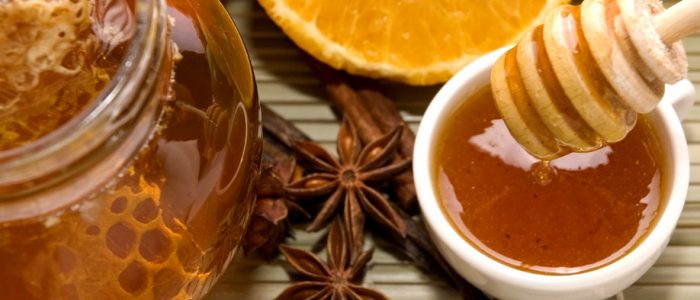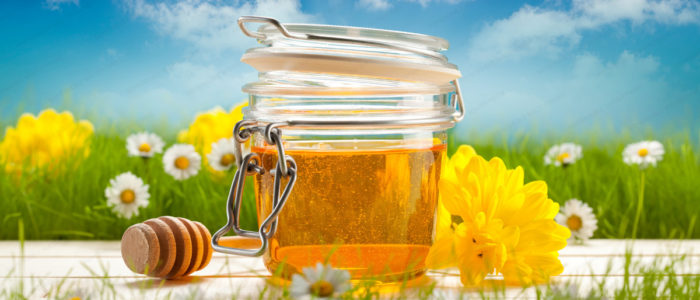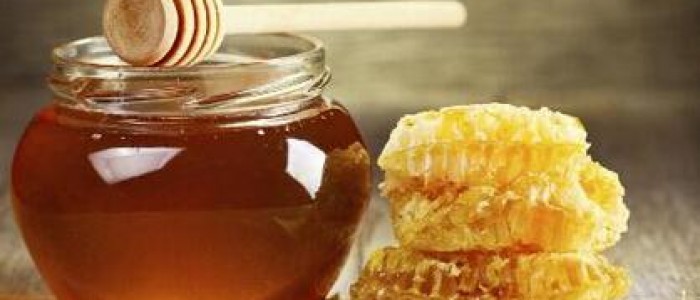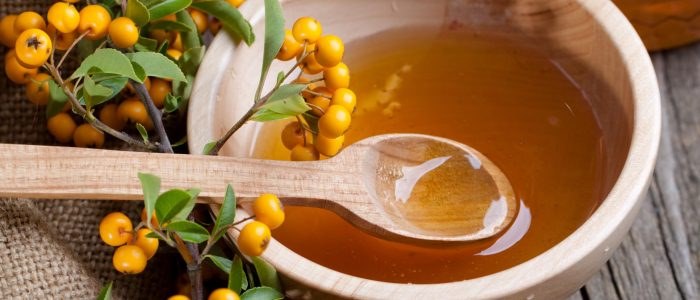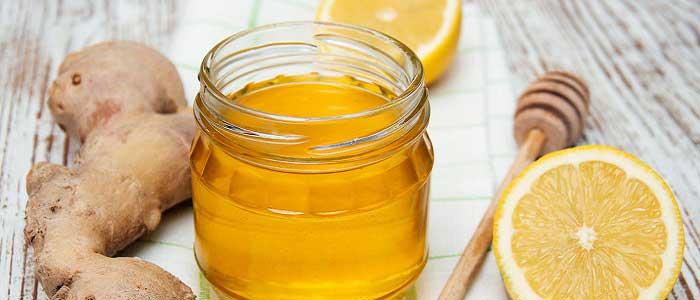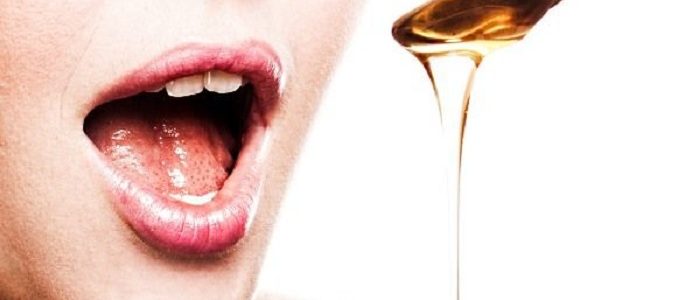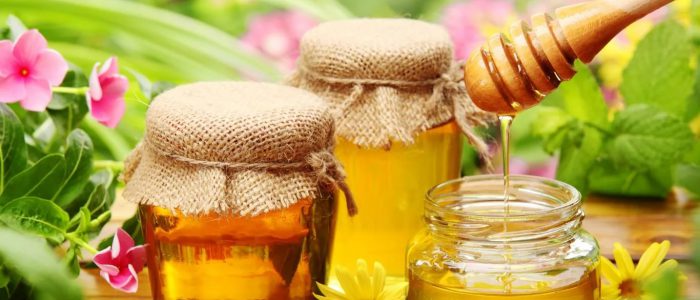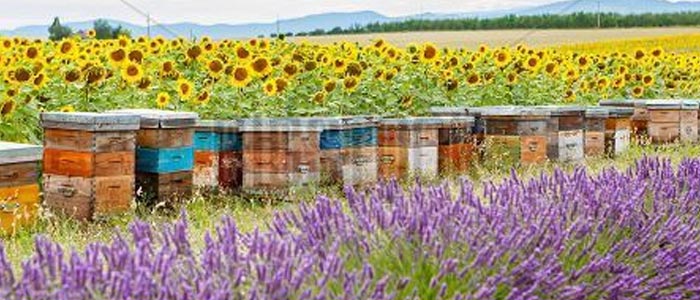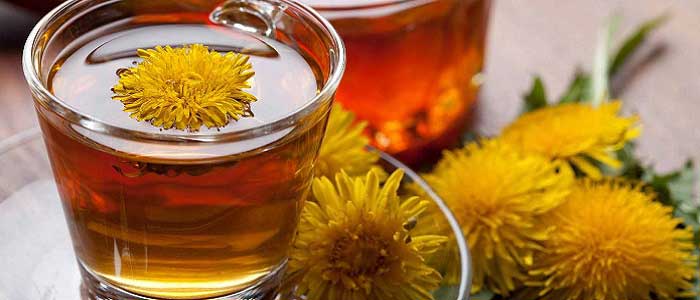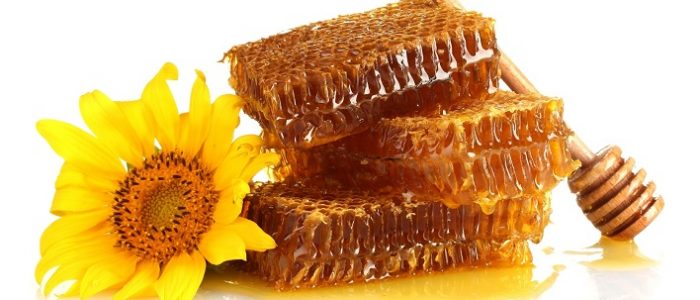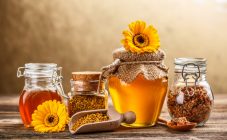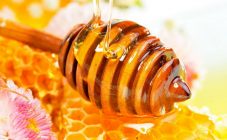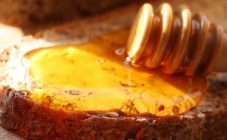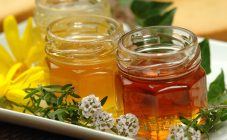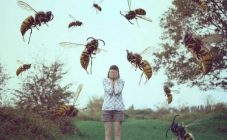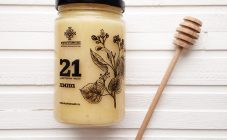Depending on the nectar, you can understand what kind of honey is. Each honey type differs from the previous one in composition and benefits, based on the honey plant. But they are united by the fact that they are all produced by striped workers.
Types of honey
It is impossible to determine exactly how many different types of beekeeping products exist. Trying to combine the types of honey in a general list, the number of sub-items in it can exceed a hundred. Most of them have a positive effect on the cardiovascular system, gastrointestinal tract, immunity, nervous and respiratory systems. Moreover, all types of honey have their own special characteristics.
One honey product has a pronounced antibacterial property. Features of others - useful vitamin composition and trace elements. So, products are divided, depending on various characteristics.
Varieties
The beekeeping product can be divided into groups, focusing on the signs:
- origin;
- from which honey plant;
- collection region;
- pumping method.
Depending on this division, the types of honey and their medicinal properties may differ. Also, products can vary in color, aroma and taste.
Based on botanical origin, honey products can be divided into types:
- Floral - made from plant nectar. There are 2 types: polyflora (a mixture of several different plants) and monoflora (nectar from one plant species);
- Honeydew is the result of processing honeydew collected from plants;
- Mixed - a natural blend of flower and honeydew honey.
Monofloral honey gets its name from the type of plant from which the nectar is collected, maybe:
- lime;
- heather;
- buckwheat, etc.
The polyflora species is presented as a mixture of flowering plants or, depending on the land from which the nectar is collected:
- mountain taiga honey;
- field honey;
- meadow honey.
Honey is also distinguished by the region in which the plants grow. For this purpose, the names of the republic, territory or region are used.
Based on the technological process of extraction and pumping, honey can be:
- Centrifugal - pumped out using special equipment (honey extractors);
- Cellular - is in its natural packaging in its pure form, fully ripe;
- Sectional. The honeycomb is divided into sections made of wood or plastic. One such section may contain at least 500 g of product;
- Pressed - pumped out through wringing out. The disadvantage of the method is that the honeycomb frames deteriorate in the process.
Healing properties
It is known that honey products are one of the most useful. It is used for treatment and prophylaxis.
It is noted that bee nectar is an antibacterial, dietary, anti-inflammatory and tonic product. This unusual description is primarily due to the rich composition. Honey contains most of sucrose, vitamins C, PP, group B and E.Additionally, the product is rich in malic, citric and tartaric acids, calcium, copper, magnesium, potassium, iron, zinc, sodium, phosphorus, chromium, boron, titanium, osmium, silicon, nickel and other essential substances.
Application honey for treatment is due to the following beneficial effects on the body:
- Contributes to the normalization of the work of most of the internal organs. It can be used for the prevention and treatment of diseases of a different nature;
- It is used as a general tonic. Saturates the body with energy, helps to restore strength;
- Increases the protective functions of the immune system, is used to treat colds;
- Normalizes metabolism;
- Refers to natural antibiotics that destroy harmful bacteria;
- Has a positive effect on the condition of the blood;
- Has a positive effect on the cardiovascular system;
- Used to heal burns, wound healing and scratches. It has a positive effect on the skin for various diseases and fungus;
- It is used to treat kidney and liver diseases;
- Affects the functioning of the gastrointestinal tract;
- Used to treat gynecological problems in women;
- Helps with diseases associated with the respiratory system;
- It is used to combat insomnia;
- Helps keep the body young.
Contraindications
By its nature, honey has no particular contraindications. Contraindication of the product is associated with the development of an allergic reaction. For such people, the use of beekeeping products is strictly prohibited.
It is also recommended to limit the amount of the product or to refuse it altogether for people suffering from diabetes. In this case, all actions are carried out only after consulting the attending physician.
The rest of the categories of people need to consume honey, given the daily rate, which is not recommended to be exceeded. Adults should eat no more than 150 grams per day, dividing them into several meals. For the elderly, 2 teaspoons will suffice, especially if they do not move much.
Honey varieties, list
Beekeepers distinguish honey varieties based on plants that grow and bloom near the apiary. All this means that each species is endowed with its own characteristics, properties and can affect the internal organs and the body as a whole in different ways.
Summarizing the healing properties of all honey products, the following actions can be distinguished:
- antimicrobial;
- immunomodulatory;
- healing;
- strengthening;
- bactericidal.
It is necessary to consider the types of honey that are, combining in the list:
- Hawthorn honey is of high quality. The dark product has a reddish tint, slight bitterness. The benefits of using the product will be in the presence of cardiovascular diseases. After regular use, elderly people will feel a special effect, since honey is able to heal the heart, strengthen and maintain. It is indicated for constant overloads and as a prophylactic agent.
- Chestnut is one of the rarest varieties. It has a characteristic tart taste and pungent aroma. Dark in color, liquid in structure. Valued for healing actions:
- Bactericidal - a pronounced antibacterial effect;
- Anti-inflammatory - relieves irritation from the skin and mucous membranes;
- Immunomodulatory - increases the protective functions of the body;
- Antioxidant - removes toxins and toxins;
- Secretory - stimulates the outflow of bile, prevents stagnant processes;
- Vaso-strengthening.
- Milk thistle honey. Nectar is collected from a medicinal plant, which has a positive effect on the intestines, liver, is a natural pain reliever and is able to relieve muscle spasms.Also used to treat the nervous system, skin diseases, cardiovascular system and metabolism. Honey promotes tissue repair, heals burns, boils, ulcers and other inflammations. Often used to prevent depression, it is especially useful for people whose life is associated with stress. Recommended for the treatment of hepatitis, cholecystitis, gastritis of various degrees.
- Mustard honey - has nothing to do with the taste of mustard. Light in color and quite liquid. Upon settling, it acquires the consistency of a cream. It is used to treat thyroid gland, iodine deficiency, vitamin deficiency, weakened immunity, inflammation, kidney and bladder problems, heart abnormalities, dysbiosis, memory and hearing problems, and many other diseases.
- Cotton honey - made from the flowering and foliage of cotton plants. The product with the highest amount of sugars. Light honey, after hardening, resembles soft butter. Mostly it is used to treat colds, relieves inflammation, cleanses the body of toxic accumulations and restores restful sleep.
- Euphorbia honey - has a characteristic bitter and tart flavor, chocolate color. Bees collect nectar from milkweed. The product relieves chronic fatigue, thins blood, improves memory. It is used for the prevention of stroke and heart attack, strengthens the nerves. Affects the production of hemoglobin, hair condition, rejuvenates.
- Clover honey - collect nectar from clover. The product is transparent, odorless and almost tasteless. It is used to dilute phlegm, for insomnia and nervous disorders. Also has a positive effect on the gastrointestinal tract and skin problems.
- Coriander honey is considered one of the rare species. Differs in a pronounced odor, transparent. The color can vary from amber to dark brown. It is useful for ophthalmic problems, tachycardia and problems in the field of housing and communal services. It is used as an expectorant and healing agent. Increases appetite. With regular use, it has a positive effect on potency.
- Phacelia honey is thick in consistency and has a light green tint. It is used to relieve tension after physical and mental stress. Useful for angina, bronchitis, pharyngitis, etc. Reduces nervous excitement during stress. Reduces moisture loss from the skin, acne, useful for those who want to lose weight.
- Kandyk honey is a white product, reminiscent of butter. A plant for collecting nectar is rare, listed in the Red Book. It is used for diseases:
- The liver;
- Stomach;
- Pancreas;
- Reproductive system;
- Nervous system;
- Skin integuments;
- ENT organs.
- Lavender honey - has a floral scent and a slight sour taste. The products are used for a soothing effect on the skin, wound healing, tissue burns. It has a bright antiseptic effect. Honey is able to relieve muscle spasms and is beneficial for the musculoskeletal system. It is considered a powerful remedy against viruses and fungal infections.
- Eucalyptus honey is considered the most effective for the treatment of colds. It is believed that with regular use, honey is able to fight cancer cells.
- Dandelion honey - natural pure honey has numerous positive effects on the body:
- Normalizes blood pressure;
- Prevents vitamin deficiency;
- Cleans the body of toxins and toxins;
- Prevents intestinal disorders;
- Treats cholecystitis;
- Relieves fatigue;
- It is used to prevent osteochondrosis.
- Cedar honey - contains cedar oleoresin, saturated with useful micro and macro elements. The product belongs to tonics. It is used for cardiovascular diseases, regulates the work of housing and communal services and the genitourinary system. It has a positive effect on the nervous system and metabolism.
- Dimorphan honey - nectar products have a tonic, anti-inflammatory and strong antibacterial effect. Hypoallergenic honey is often used at the first sign of colds and sore throats.
- Safflower - natural honey is mostly used in its pure form for problems with the skin, namely:
- Treatment of rosacea, boils, rashes and ulcerative wounds;
- The presence of scabies, psoriasis, dermatitis;
- Treatment of eczema, rosacea, various burns.
- Greek is considered one of the rare exquisite varieties that are brought to Russia as a souvenir. It has an interesting aftertaste and bright color.
- Blackberry is a nectar that does not smell like berries. The pure product is distinguished by a vaguely fruity odor and a delicate sweetish aftertaste.
- Sea buckthorn honey is an artificially mixed product at home. Such a pure species does not exist in nature. It is made by beekeepers exclusively by order of buyers.
- Snowdrop - the honey plant is the Altai snowdrop. It differs from other varieties not only in taste, but also in its useful composition. This is largely due to the cleanliness of the area where the plant lives.
- Blueberry honey is a rare beekeeping product. It has a distinct blueberry flavor and a berry-honey smell. The main property of the product is considered its useful composition, which helps in the treatment of eye and vision problems.
- Sage honey - collected in the meadows of the region. The product is endowed with all the useful components of the plant, which allows it to have an active effect on colds.
Regardless of the nuances, most of the honey products have the same composition and properties. In any case, the effect of honey on the body is only positive with its moderate use. Also, the bulk of the varieties are considered hypoallergenic. But this is subject to moderate consumption, based on the permitted daily rate of sweetness.
